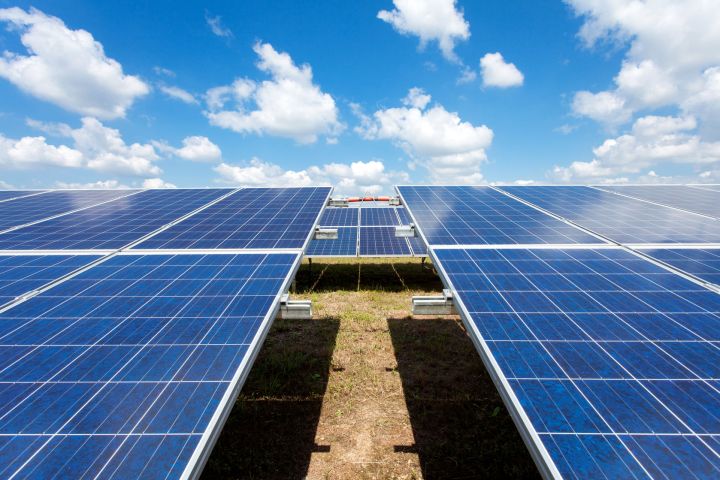
India has already announced a program to move to 100 percent electric cars by 2030 with a government-sponsored electric vehicle purchase program in which people would pay no money down and make monthly payments equal to their savings on gasoline. Now, in a plan to give the transition to sustainable energy a huge jump-start, the Ministry of New and Renewable Energy announced its intention to build 10 large “solar zones” on private or government land.
To put India’s solar zones in perspective, the largest current photovoltaic power station is the Longyangxia Dam Solar Park, which covers 8.9 square miles and has a capacity of 850 megawatts. The largest solar farm in the U.S. is one of two 550MW farms, the Topaz Solar Farm in Carrizo Plain, California, on 9.5 square miles.
India’s proposal is to construct 10 solar zones of 10,000 hectares. That translates to 24,100 acres, or approximately 38.6 square miles, each. No power capacity is stated for the individual zones, nor the aggregate, but with each zone more than four times the size of the Chinese and California solar farms, it’s logical to suggest that each of India’s solar zones could store more than 2,000MW and possibly more than 3,000MW.
So how much difference would 2,000MW of electrical power make? Exact comparisons of megawatt capacity to household usage are difficult and differ by country and location. Solarinsure states that the Puertollano Photovoltaic Park in Spain, with a capacity of 50MW, provides the electrical energy consumption equivalent of 39,000 households.
India is a large country, however, with an estimated population of 1.27 billion people according to LivePopulation. The solar zones are just one part of the government’s plan.
“The scheme aims to provide a huge impetus to solar energy generation by acting as a flagship demonstration facility to encourage project developers and investors, thereby helping the country in achieving its target of 100,000MW by 2022,” according to a statement by the Ministry of New and Renewable Energy.
The Ministry further states that India is fortunate that it is, “endowed with huge solar energy potential, with most of the country having about 300 days of sunshine per year …”




